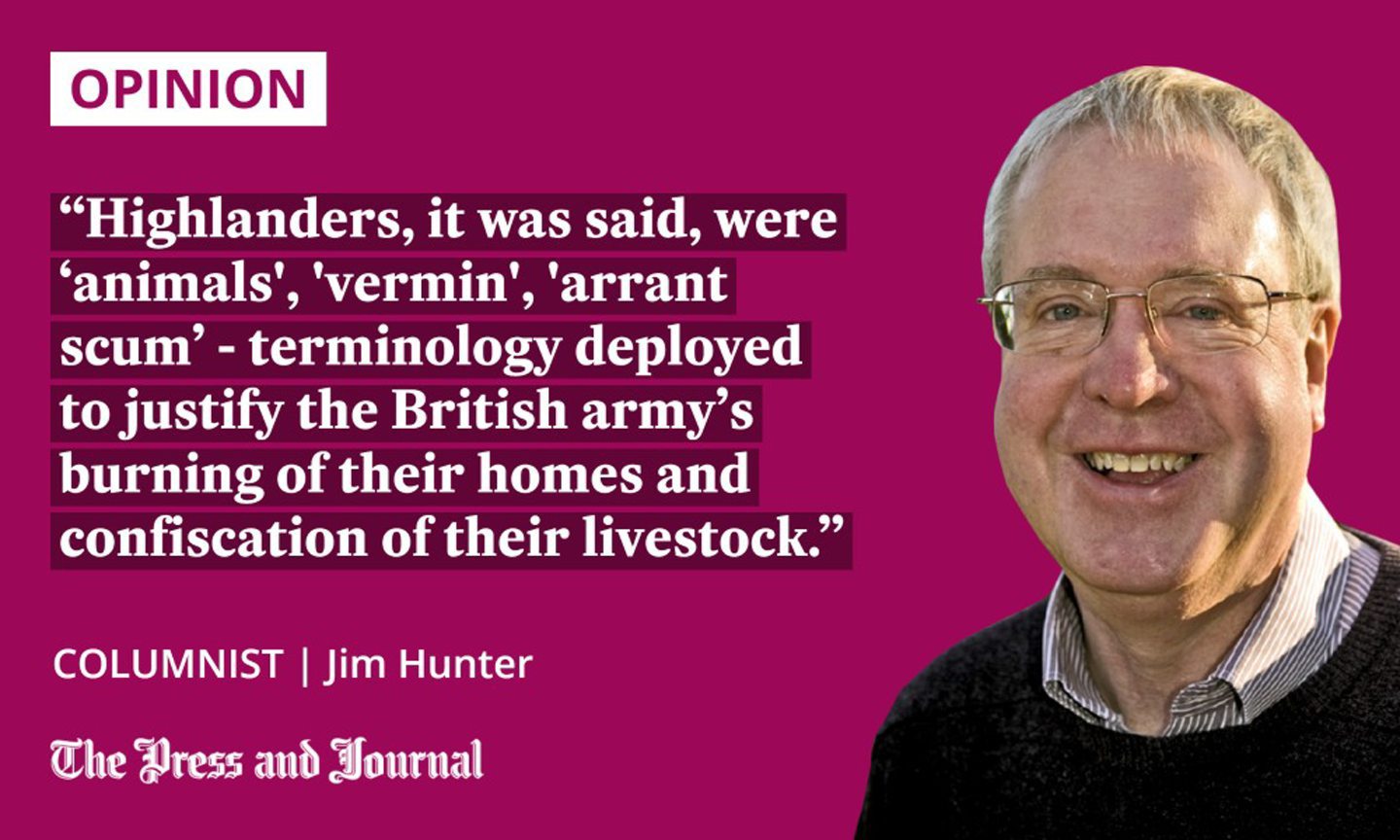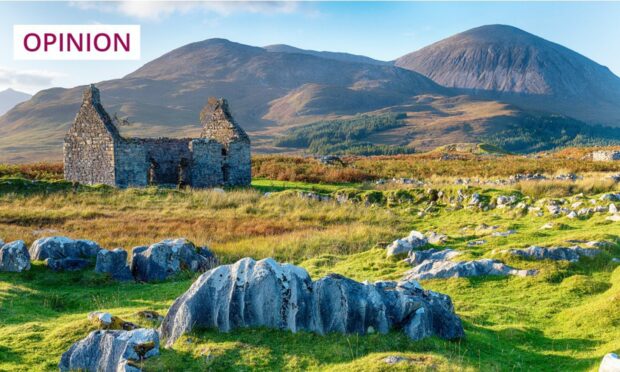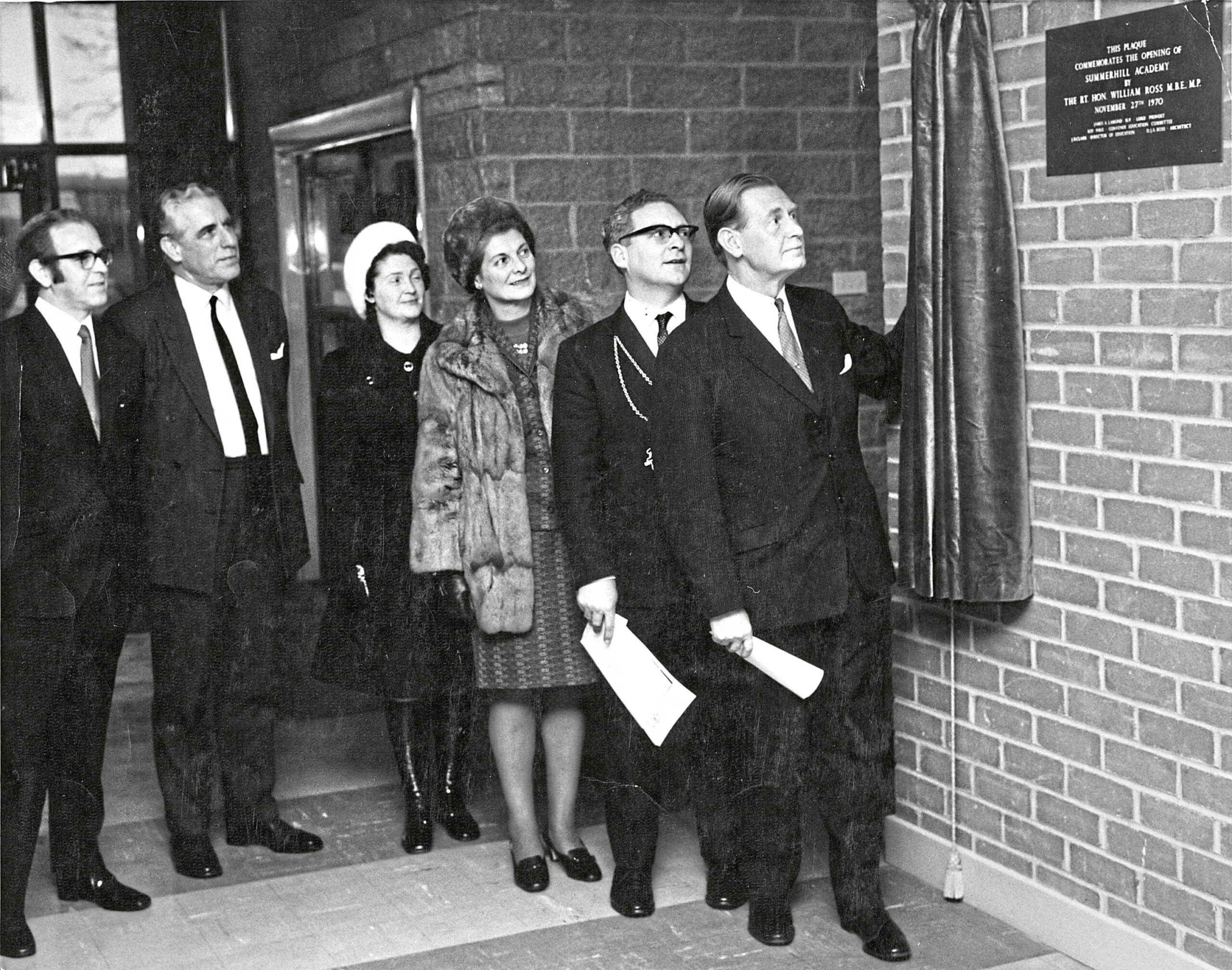Might the neglect of the north be ended by one or other of the three SNP stalwarts now vying for the post of Scotland’s first minister? Jim Hunter wonders.
Visit Peel Park in Kirkintilloch, not far from Glasgow, and you find a timber sculpture modelled on the battle standards carried by Rome’s legions.
That sculpture is there because, nearly 2,000 years ago, this spot, commanding wide views of the hills that rise just to the north, was garrisoned by Roman soldiers.
Here, as far as those troops were concerned, was where civilisation ended. Behind them, Rome’s empire, with its roads, cities and trade networks, extended all the way to Africa and Iraq. In front was something else entirely; a territory not thought worth the effort needed to bring it under Roman rule.
The notion of the Scottish north as a place of lesser consequence than others further south, then, didn’t start with Holyrood’s failure to dual the A9, and its equally lamentable failure to provide the Hebrides with reliable ferry services.

The Romans, to be sure, were soon to abandon outposts of the Kirkintilloch type. But the Edinburgh-centred kingdom that was eventually to extend its rule into the Highlands and islands was no less inclined to disparage both the north and its inhabitants.
When, in the 1590s, Scotland’s King James VI tried to install a Lowland colony in Lewis, his colonising party was under orders to proceed “not by agreement” with islanders but “by extirpation of them”.
Thinking of this sort was in no way abandoned when, after the union of 1707, authority over the north began to be exercised from London instead of Edinburgh. Highlanders, it was said in the aftermath of the Jacobite Rebellion of 1745, were “animals”, “vermin”, “arrant scum” – terminology deployed to justify the British army’s burning of their homes and confiscation of their livestock.
Nor would the 19th century, initially at least, bring improvement. To Sutherland Estate factor Patrick Sellar, the people he evicted to make way for sheep were just so many “barbarous hordes”, deserving of no sympathy.
‘No part of Scotland has been given a shabbier deal by history’
But better times, however belatedly, were on the way. Starting in the 1880s, when folk across the north rose up in protest at what had been done to them by their lairds, the British state at last set about the job of putting right what had gone so badly wrong.
Clearance was ended by giving crofters security of tenure. Public money was invested in railways, roads, harbours, piers, improved housing, a Highlands and Islands Medical Service and – most crucially – the expansion of hydro power and the connection of virtually every north home to the National Grid.
But more required to be done – as was acknowledged by Willie Ross, secretary of state for Scotland in the Labour government that took office in 1964.
“For 200 years,” Ross told the House of Commons, “the Highlander has been on Scotland’s conscience. No part of Scotland has been given a shabbier deal by history.”
That was why the north was to get a generously funded Highlands and Islands Development Board (HIDB). Its remit, Ross explained, was to expand the area’s economy and stem depopulation by providing jobs of a sort that had previously been missing.
By no means was all that followed resoundingly successful. But something, at least, of Willie Ross’s commitment to the north was sustained through the rest of the 20th century and into the 21st.
New FM must stop progress being undone
That commitment has since gone. The SNP ministers who have been in charge at Holyrood since 2007 began by abolishing the Local Enterprise Companies which, in collaboration with Highlands and Islands Enterprise (HIE), the HIDB’s successor, were in charge of job creation and much else.
Next came cuts in HIE’s budget, the abandonment of policies intended to disperse public sector jobs out of the Central Belt, and other moves indicative of a mindset which, if it stops short of treating Highlanders as the “barbarous hordes” of old, gives no priority to their requirements.
Might this neglect be ended by one or other of the three SNP stalwarts now vying for the post of Scotland’s first minister? Well, two of them – Ash Regan and Kate Forbes – have pledged to speed up reconstruction of the A9. And Ms Forbes, herself a Highlander, claims she’ll tackle the north’s housing crisis by establishing “a new body for housebuilding”.
That sounds more than a bit like the Housing Authority advocated by this column last September. And some such initiative is clearly needed. Week after week, The P&J carries stories showing that the progress made in the north in the decades since the HIDB’s establishment is being undone by a chronic and worsening shortage of affordable homes.
If the many folk whose lives are blighted by this shortage are at last beginning to be – in Willie Ross’s words of 60 years ago – on the conscience of the ministers, Ms Forbes included, who have so badly been letting them down, then that’s very much to be welcomed.
Jim Hunter is a historian, award-winning author and Emeritus Professor of History at the University of the Highlands and Islands













Conversation